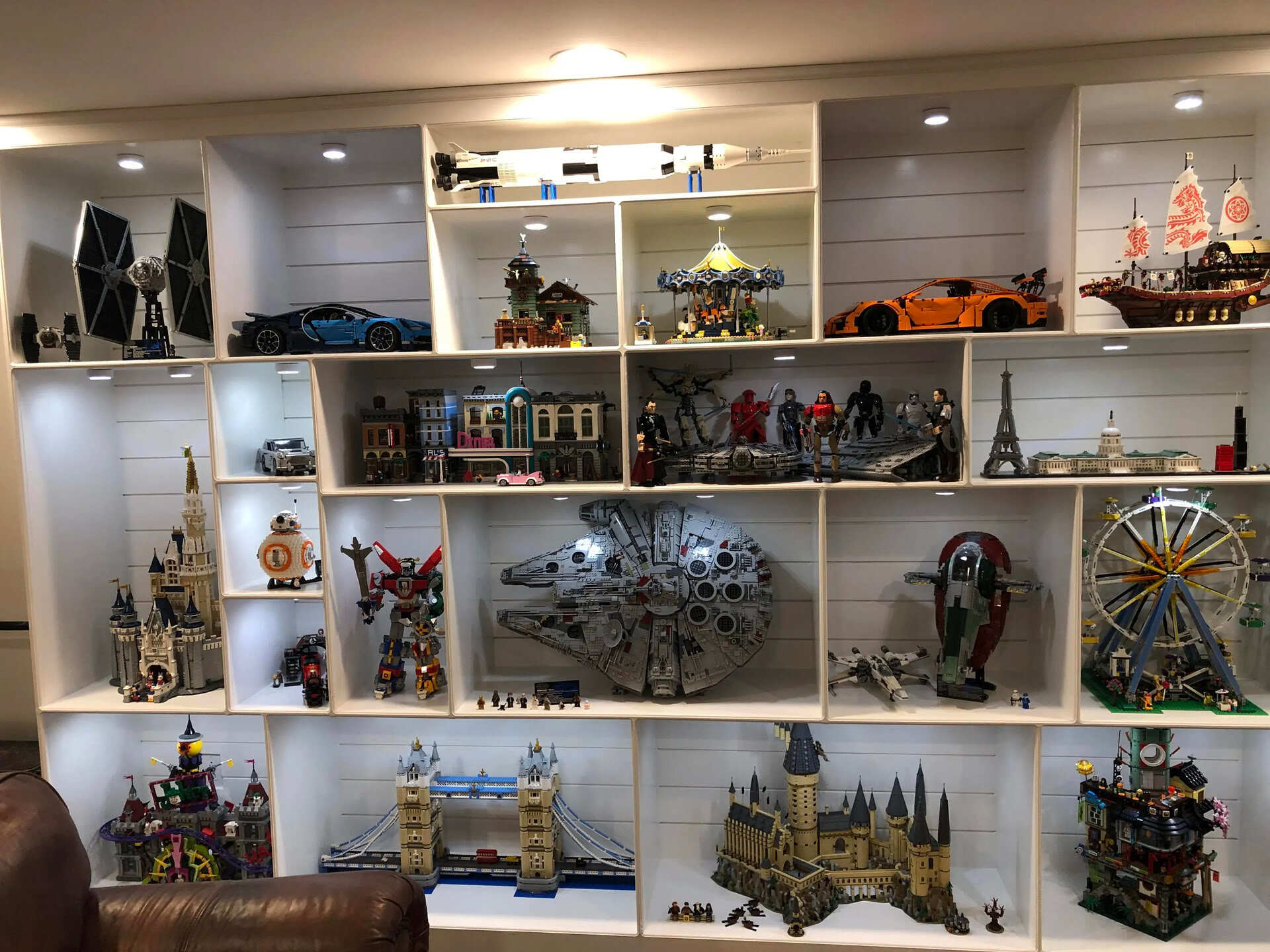

Articles
How To Store Lego Sets That Are Built
Modified: January 21, 2024
Learn how to properly store and preserve your built Lego sets with these helpful articles. Keep your creations in pristine condition for years to come.
(Many of the links in this article redirect to a specific reviewed product. Your purchase of these products through affiliate links helps to generate commission for Storables.com, at no extra cost. Learn more)
Introduction
One of the joys of being a Lego enthusiast is building and displaying intricate Lego sets. However, as any Lego collector knows, storing these built sets can pose a challenge. It’s important to find the right storage option that keeps the Lego sets safe, organized, and easily accessible. In this article, we will explore some tips and strategies on how to store Lego sets that are built, so you can protect your investment and continue enjoying your creations for years to come.
When it comes to storing built Lego sets, there are several factors to consider, including disassembling the sets, sorting the pieces, selecting appropriate storage containers, and establishing an organized system. By following these steps, you can keep your Lego sets intact and ensure they can be enjoyed in the future.
So, let’s dive into the world of Lego storage and discover the best practices for storing your built Lego sets.
Key Takeaways:
- Protect your built Lego sets by choosing the right storage option, disassembling sets carefully, sorting pieces, and selecting suitable containers. Organize, label, and create a display area to showcase your collection and maintain sets for long-term enjoyment.
- Ensure the longevity of your built Lego sets by handling them with care, preventing exposure to moisture and direct sunlight, regular dusting, and replacing damaged pieces. Implement these maintenance tips to preserve the integrity and joy of your Lego collection.
Read more: How To Store Legos
Choosing the Right Storage Option
When it comes to storing your built Lego sets, the first step is to choose the right storage option. There are various options available, each with its own advantages and considerations.
One popular choice is to use storage boxes or bins. Look for containers that are sturdy, stackable, and have enough space to accommodate the size of your built Lego sets. Transparent containers are ideal as they allow you to easily see the contents without having to open them.
Another option is to use plastic storage drawers or cabinets with multiple compartments. These provide a convenient way to organize your Lego pieces and built sets. Each drawer or compartment can be labeled with the set name or number, making it easier to locate a specific set when needed.
If you have limited space or want to display your built Lego sets, consider using a display case or shelving unit. These can not only store your sets but also showcase them as decorative pieces in your home. Display cases with glass doors can protect the sets from dust and damage while still allowing you to admire their beauty.
It’s essential to choose a storage option that suits your specific needs and preferences. Consider factors such as available space, the number of sets you have, and the level of protection you want for your Lego creations. Keep in mind that as your collection grows, you may need to reassess and modify your storage solutions accordingly.
By selecting the right storage option, you are setting the foundation for an organized and efficient Lego storage system.
Disassembling the Lego Sets
Before storing your built Lego sets, it’s important to disassemble them carefully. This step not only ensures that the sets fit into your chosen storage containers but also helps to prevent any potential damage to the pieces.
Start by carefully separating the larger components of the set, such as buildings, vehicles, or structures. Use gentle force if needed, but be cautious not to apply too much pressure that could cause breakage or deformation of the pieces.
Next, disassemble the smaller components of the set, such as minifigures or accessories. It’s a good idea to sort these pieces separately to avoid them getting lost or mixed up with other Lego elements.
When disassembling, pay attention to the way the pieces connect and take note of any unique techniques or patterns used in the build. This will be helpful when it comes time to rebuild the set in the future.
Additionally, it’s crucial to keep the instruction manuals or building guides intact and in good condition. These manuals provide valuable guidance on how to rebuild the set accurately. If the instruction manuals are not readily available, you can often find digital copies online through Lego’s official website or community forums.
Remember to handle the Lego pieces with care. Avoid dropping them or applying excessive force, as this can lead to scratches, cracks, or breakage. By taking the time to disassemble your built Lego sets properly, you are safeguarding the integrity of the pieces and ensuring they can be reassembled without any issues.
Sorting the Lego Pieces
Once you have disassembled your Lego sets, it’s time to sort the pieces. Sorting Lego pieces not only makes it easier to locate specific elements when rebuilding a set but also helps maintain the organization and efficiency of your storage system.
There are several methods you can use to sort your Lego pieces:
- By color: Sorting the pieces by color is a simple and straightforward method. You can have separate containers or compartments for each color, making it visually appealing and easy to find pieces based on their color.
- By type: Sorting the pieces by type is another popular method. Group similar-shaped elements together, such as bricks, plates, slopes, or tiles. This approach allows you to quickly find the specific type of piece you need when rebuilding a set.
- By set: If you have a large collection of Lego sets, you may prefer to sort the pieces by the set they belong to. Keep the pieces from each set together in separate containers or bags and label them accordingly. This method makes it convenient when you want to rebuild a particular set without searching through your entire collection.
- Custom sorting: You can also come up with your own customized sorting system based on your personal preferences. This could be a combination of color, type, or set sorting, depending on your needs.
Regardless of the sorting method you choose, it’s important to keep the pieces organized and easily accessible. Use storage containers with removable dividers, small drawers, or plastic bags to keep the pieces separated. Label the containers or drawers accordingly to make it effortless to locate specific pieces when needed.
Remember to handle the Lego pieces gently and avoid mixing them up or accidentally scattering them. With a well-organized sorting system in place, you’ll be able to find the pieces you need quickly and efficiently, making the process of rebuilding your Lego sets a breeze.
Selecting Storage Containers
When it comes to storing your sorted Lego pieces, selecting the right storage containers is crucial. The containers you choose should provide protection for the pieces, keep them organized, and make it easy to access them when needed.
Here are some factors to consider when selecting storage containers for your Lego pieces:
- Size and capacity: Choose containers that are spacious enough to hold your Lego pieces comfortably. Consider the size of your collection and whether you plan to expand it in the future. It’s better to have containers with a little extra room to accommodate new pieces rather than being cramped for space.
- Transparency: Opt for transparent containers as they allow you to see the contents without having to open them. This makes it easier to locate specific pieces or sets without rummaging through multiple containers.
- Stackability: Look for containers that are stackable to maximize vertical space and keep your storage area organized. Stackable containers provide easy access to the containers below without having to move everything around.
- Dividers and compartments: Consider containers that come with dividers or compartments. These can be particularly useful when sorting and storing smaller Lego pieces. Dividers help keep the pieces separated and prevent them from shifting during transportation or storage.
- Durability: Choose containers that are durable and can withstand frequent handling. Consider materials like sturdy plastic that can protect the Lego pieces from dust, moisture, and accidental damage.
- Portability: If you plan on transporting your Lego pieces, look for containers with handles or wheels for easy mobility. This is especially useful if you attend Lego conventions or frequently move your collection.
Keep in mind that storage container options can vary depending on the size and type of Lego pieces you have. Some collectors prefer utilizing small, compartmentalized containers for their sorted pieces, while others opt for larger bins to store complete sets. Ultimately, choose containers that best suit your collection’s needs and storage space.
It’s also a good idea to label or mark the containers to indicate what types of pieces or sets they contain. This saves time and effort when searching for specific items in the future.
By carefully selecting the right storage containers, you can ensure the safety and organization of your Lego pieces, making it easier for you to access and enjoy them whenever you desire.
Consider using plastic storage containers with lids to store built Lego sets. Sort the pieces by color or type and use small plastic bags to keep them organized within the container. Label the containers for easy identification.
Read more: How To Store Lego Boxes
Storing Instruction Manuals
Instruction manuals or building guides are important resources when it comes to rebuilding your Lego sets accurately. It’s crucial to store them properly to ensure they remain in good condition and are easily accessible when needed.
Here are some tips for storing instruction manuals:
- Create a dedicated space: Designate a specific area in your Lego storage system to store the instruction manuals. This could be a drawer, a folder, or a separate container. Keeping them all together in one place makes it convenient to locate and retrieve them.
- Protective sleeves or sheet protectors: Consider placing the instruction manuals in protective sleeves or sheet protectors to safeguard them from dust, moisture, and accidental damage. This is especially important if you have valuable or rare manuals that you want to preserve.
- Organize by set: Sort the instruction manuals by the set they belong to. You can use labels or dividers to separate them accordingly. This way, when you want to rebuild a particular set, you can easily locate the manual specific to that set.
- Backup digital copies: To ensure you always have access to the building instructions, consider creating digital backups of the manuals. You can scan or take high-quality photographs of the manuals and store them on your computer or cloud storage. This provides an additional layer of protection and convenience, especially if the paper copies get misplaced or damaged.
- Include set information: Along with the instruction manuals, it’s helpful to include any additional information about the set, such as set numbers, release dates, and special features. This information can be stored in a folder or a note-taking app for easy reference.
Remember to handle the instruction manuals with care to avoid tearing or bending pages. If a manual does become damaged, you can often find replacements online through Lego’s official website or various online communities dedicated to Lego enthusiasts.
By storing your instruction manuals properly, you ensure that they remain in pristine condition and readily available whenever you want to rebuild your Lego sets.
Organizing and Labeling the Lego Sets
Once you have disassembled and sorted your Lego sets, it’s important to establish an organized system for storing and retrieving them. This involves organizing the sets in a logical manner and labeling them for easy identification.
Here are some tips for organizing and labeling your Lego sets:
- Categorize by theme or type: Group your Lego sets based on themes or types. For example, you can have separate sections for space sets, city sets, castle sets, or vehicle sets. This makes it easier to locate sets that belong to a specific category.
- Use clear storage containers: Store the disassembled Lego sets in clear storage containers. This allows you to see the contents of each container without having to open them. Consider using containers with lids to protect the sets from dust and damage.
- Label the storage containers: Label each storage container with the name or number of the Lego set it contains. This makes it easy to locate specific sets without having to go through multiple containers. You can use adhesive labels or even create custom-made labels using a label maker.
- Keep sets together: Whenever possible, store all the pieces from a set in the same container. This includes the instruction manual and any unique or special elements that belong to that set. Keeping everything together ensures that nothing gets lost or mixed up with other sets.
- Create an inventory list: Consider creating an inventory list or spreadsheet that documents all the Lego sets you own. Include information such as set names, set numbers, and the storage container each set is stored in. This serves as a handy reference when you want to locate a specific set or keep track of your collection.
- Arrange sets by size: If you have limited space or want to maximize your storage area, consider arranging the sets based on their size. Place larger sets at the bottom and smaller sets on top. This not only saves space but also prevents smaller sets from getting buried and neglected.
By organizing and labeling your Lego sets, you establish a systematic approach that allows for easy identification, retrieval, and maintenance of your collection. Whether you’re a casual Lego enthusiast or a devoted collector, an organized system ensures that your Lego sets remain in excellent condition and can be enjoyed for years to come.
Creating a Display Area for Built Lego Sets
While storing Lego sets in containers is practical for preservation, there’s something special about displaying your built Lego creations for everyone to see. Creating a dedicated display area allows you to showcase your favorite sets and share your love for Lego with others.
Here are some tips for creating a display area for your built Lego sets:
- Select a suitable location: Choose a space in your home that is easily accessible and visible to all. This could be a wall shelf, a display cabinet, or even a designated area on a table or desk.
- Consider lighting: Adequate lighting can enhance the visual appeal of your displayed Lego sets. Use spotlights or LED lighting to highlight the details and colors of the sets. Avoid direct sunlight, as it can cause fading and damage to the pieces over time.
- Arrange with creativity: Display the Lego sets in an aesthetically pleasing manner. Experiment with different configurations, such as arranging sets by theme, creating vignettes, or even building custom display stands to elevate certain sets.
- Protect from dust: Dust can accumulate quickly on displayed Lego sets, compromising their appearance. Consider using display cases with glass doors or acrylic covers to protect the sets from dust and other contaminants. Regularly dusting and cleaning the display area is also important to maintain the sets’ visibility.
- Rotate the displays: If you have a large collection, consider rotating the displayed sets periodically. This keeps the display area fresh and allows you to showcase different sets over time.
- Use backdrop and props: Enhance the display area by adding a backdrop that complements the Lego sets. This could be a solid color backdrop, a Lego-themed poster, or a mural. Additionally, using props such as mini-figures, accessories, or small Lego builds can add charm and context to the display.
- Consider themed displays: Depending on your interests, you can create themed displays that tell a story or capture a specific moment. For example, you can recreate scenes from movies or build a cityscape with various Lego sets. Themed displays add a unique and personalized touch to your Lego display area.
Remember that the display area should not only showcase your Lego sets but also reflect your creativity and passion for building. It’s your opportunity to curate a visually appealing space that sparks joy and admiration from yourself and others.
Creating a display area for your built Lego sets allows you to appreciate their craftsmanship, share your collection with others, and enjoy the visual impact that Lego creations can bring to any room.
Tips for Maintaining the Lego Sets
Proper maintenance of your Lego sets ensures that they stay in good condition and retain their value. Here are some tips to help you maintain your Lego sets:
- Handle with care: When handling Lego sets, be gentle and avoid forcefully snapping pieces together or apart. Rough handling can lead to scratches, stress marks, or even breakage.
- Keep away from moisture: Moisture can damage Lego pieces and cause them to warp or discolor. Store your Lego sets in a dry environment away from humidity, and avoid exposing them to water or other liquids.
- Prevent exposure to direct sunlight: Prolonged exposure to sunlight can cause the colors of Lego pieces to fade. Keep your displayed sets away from direct sunlight or use UV-protected display cases to minimize the impact.
- Regular dusting: Dust can accumulate on Lego sets, affecting their appearance. Regularly dust off your displayed sets using a soft cloth or a brush with gentle bristles. Make sure to reach into crevices and corners to remove any hidden dust particles.
- Replace damaged or missing pieces: If you notice any damaged or missing pieces in your Lego sets, replace them promptly. You can contact Lego’s customer service or explore online marketplaces for replacement parts.
- Store away from pets and small children: Keep your Lego sets out of reach of pets and young children who might accidentally damage or swallow the pieces. It’s best to store them in a secure place to prevent any unwanted mishaps.
- Regularly check for loose connections: Over time, the connections between Lego pieces may loosen, affecting the stability of the set. Periodically inspect your displayed sets and make any necessary adjustments to ensure that the pieces are securely connected.
- Avoid using adhesive: While it might be tempting to use adhesive to permanently secure your Lego sets, it’s generally best to avoid it. Adhesives can damage the pieces and make it difficult to disassemble the sets in the future.
- Follow age-appropriate guidelines: Lego sets come with recommended age ranges. It’s important to follow these guidelines to ensure that the sets are suitable for the intended age group. Younger children may require supervision to prevent accidental damage or choking hazards.
By following these tips, you can preserve the quality of your Lego sets and extend their lifespan. Regular maintenance and care will ensure that your Lego collection continues to bring joy and entertainment for years to come.
Read more: How To Store Legos That Are Built
Conclusion
Storing and maintaining your built Lego sets is essential to protect your investment and keep them in pristine condition. By following the tips and strategies discussed in this article, you can ensure that your Lego sets remain organized, accessible, and visually appealing.
Choosing the right storage option, disassembling the sets properly, sorting the pieces, and selecting suitable storage containers are crucial steps in creating an efficient Lego storage system. Storing the instruction manuals, organizing and labeling the sets, and creating a display area allow you to showcase your collection and share your passion for Lego with others.
Furthermore, maintaining your Lego sets by handling them with care, preventing exposure to moisture and direct sunlight, regular dusting, and replacing damaged pieces are all key factors in preserving their integrity and longevity. By following these maintenance tips, your Lego sets will continue to bring joy and inspiration for years to come.
Whether you’re a seasoned Lego collector or just starting your Lego journey, implementing these storage and maintenance practices will ensure that your built Lego sets remain safe, organized, and ready to be enjoyed. So, invest the time and effort into creating the optimal storage systems and maintaining your Lego collection. With proper care, your Lego sets will continue to spark creativity and imagination for generations to come.
Frequently Asked Questions about How To Store Lego Sets That Are Built
Was this page helpful?
At Storables.com, we guarantee accurate and reliable information. Our content, validated by Expert Board Contributors, is crafted following stringent Editorial Policies. We're committed to providing you with well-researched, expert-backed insights for all your informational needs.
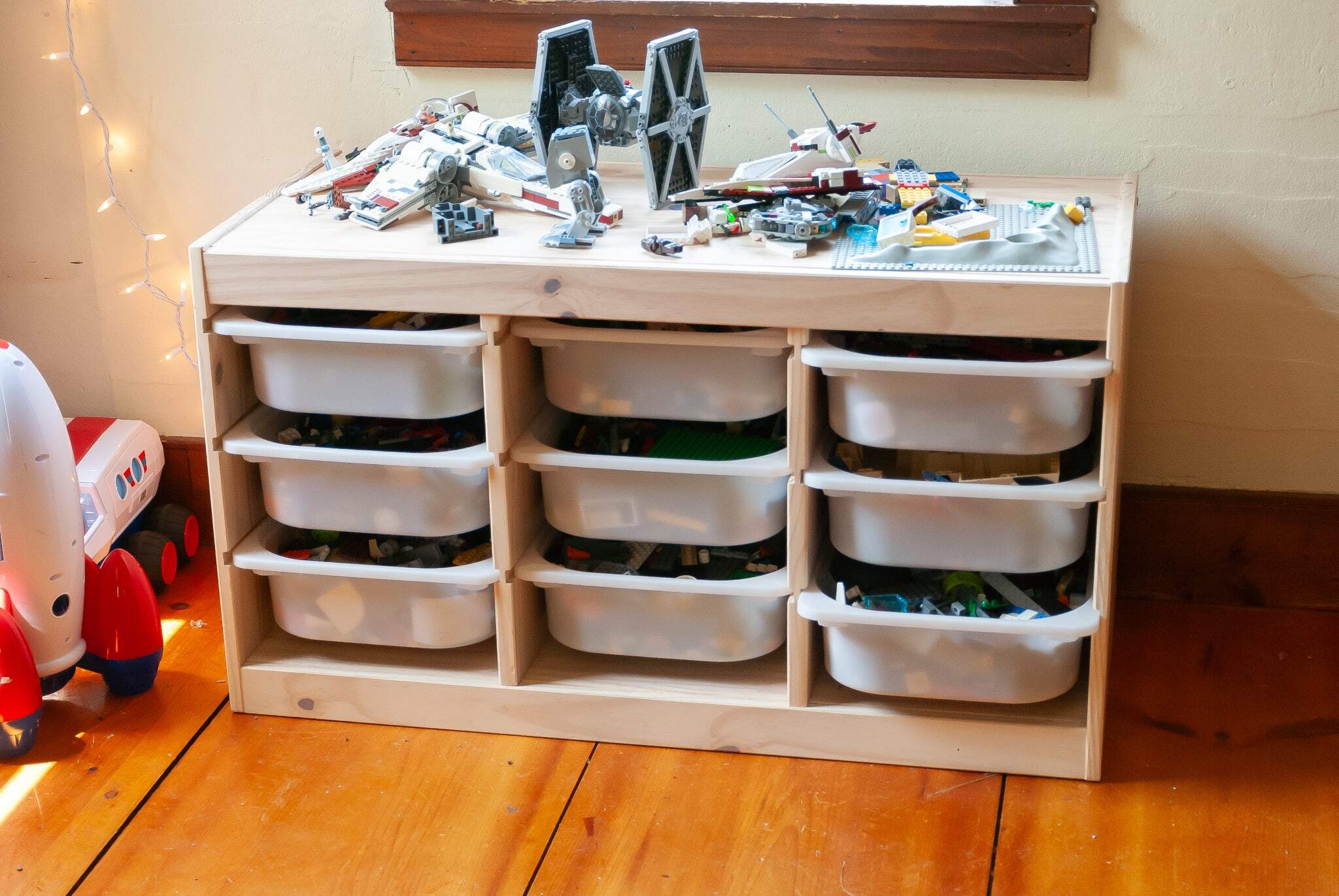
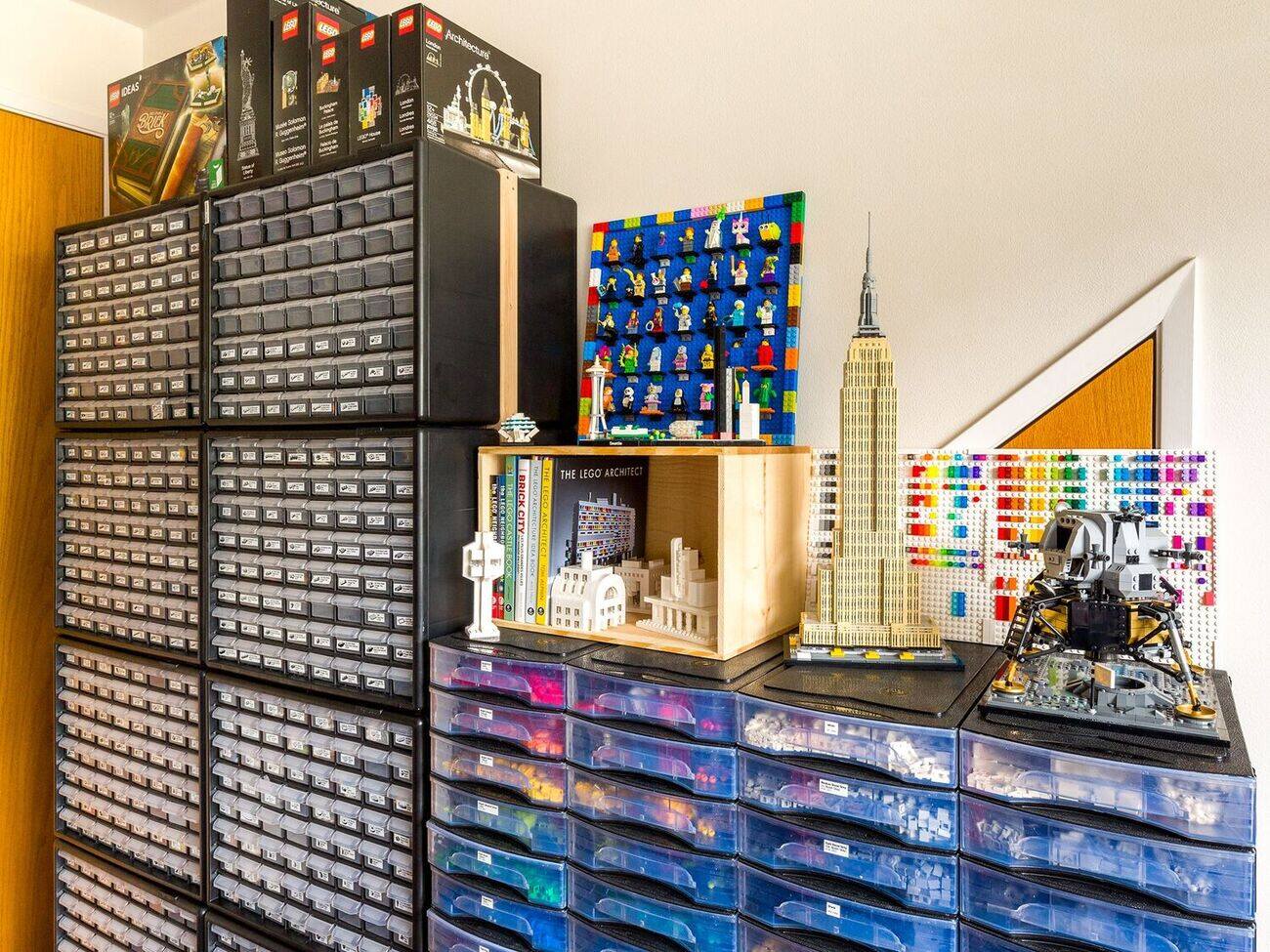
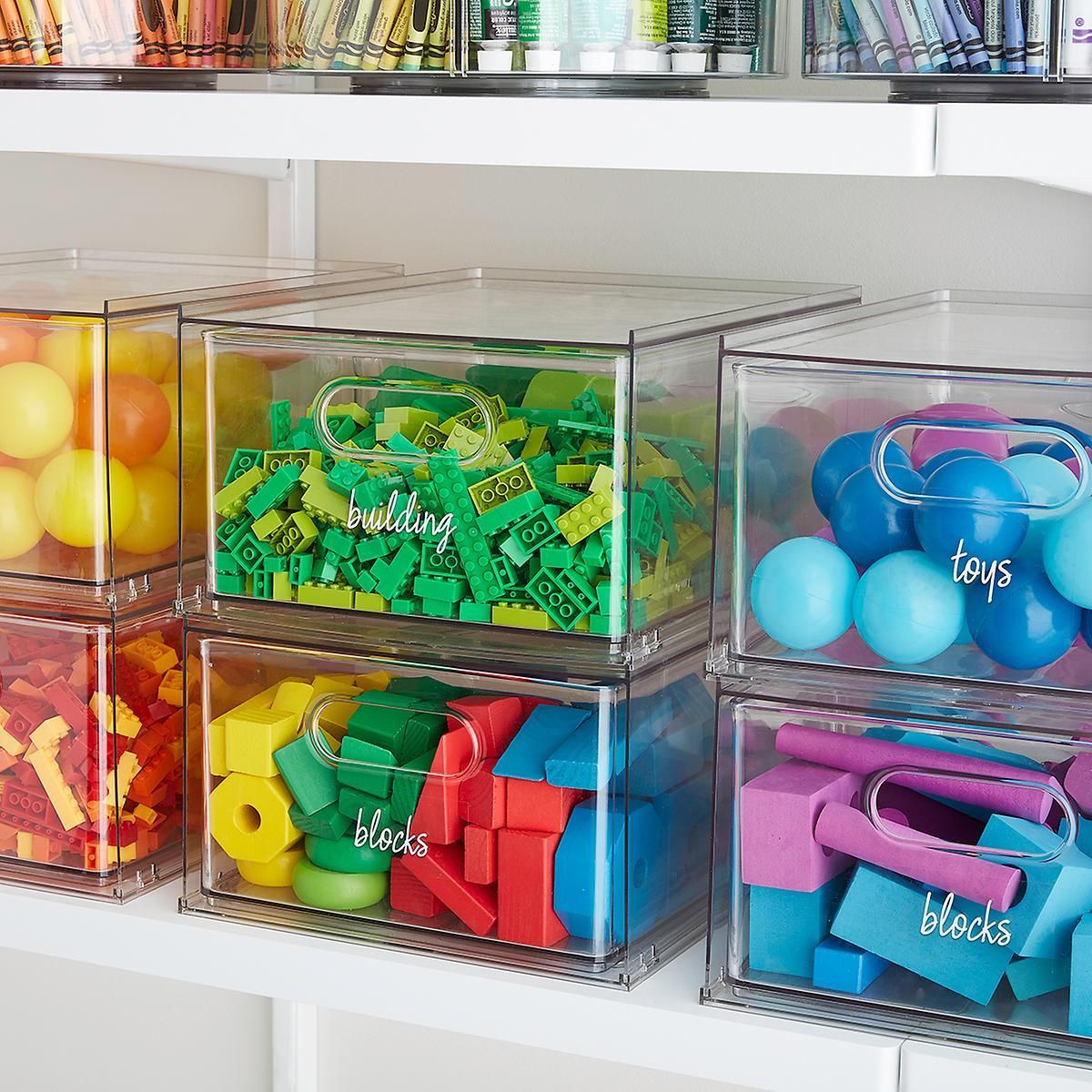
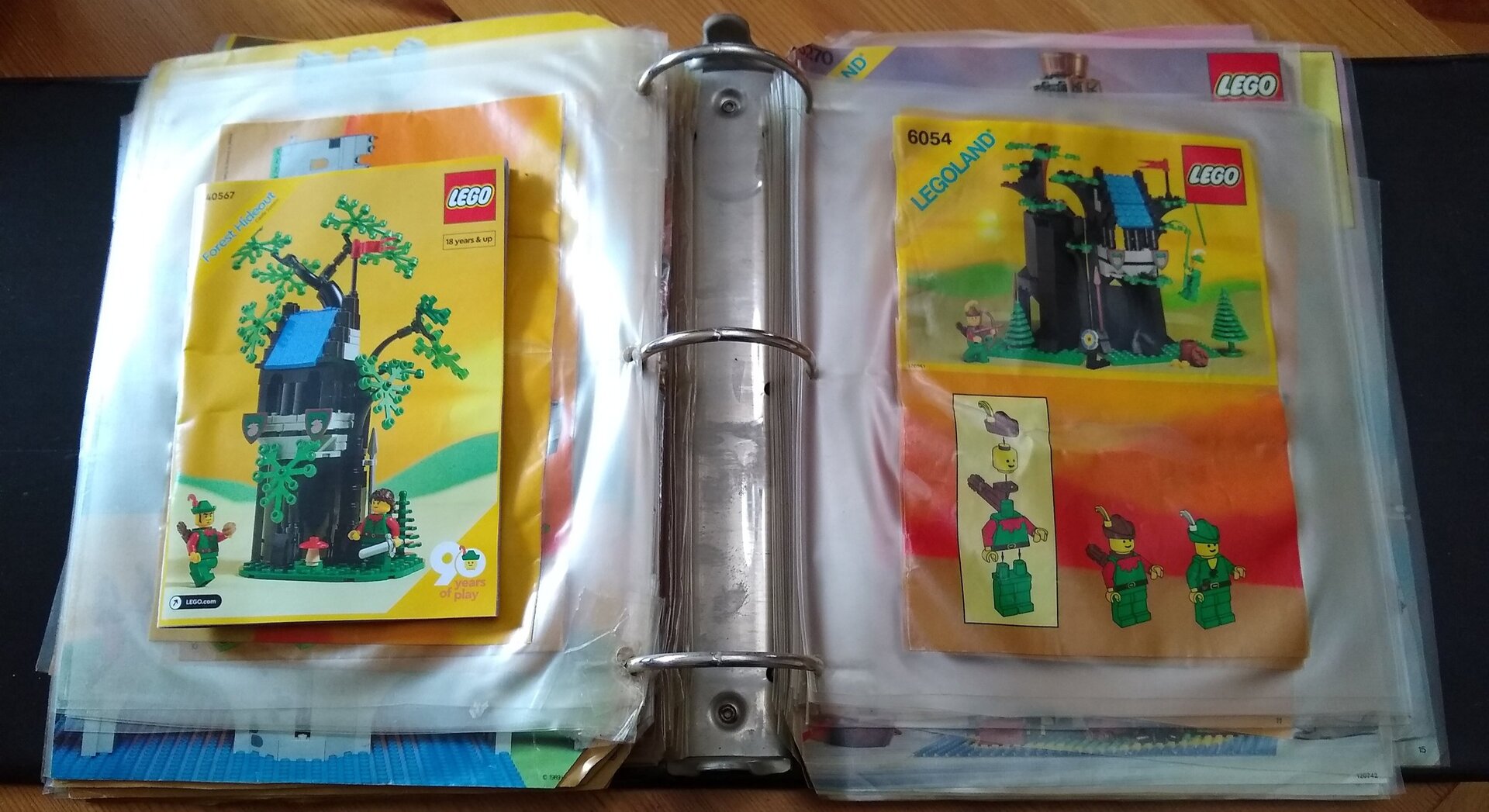
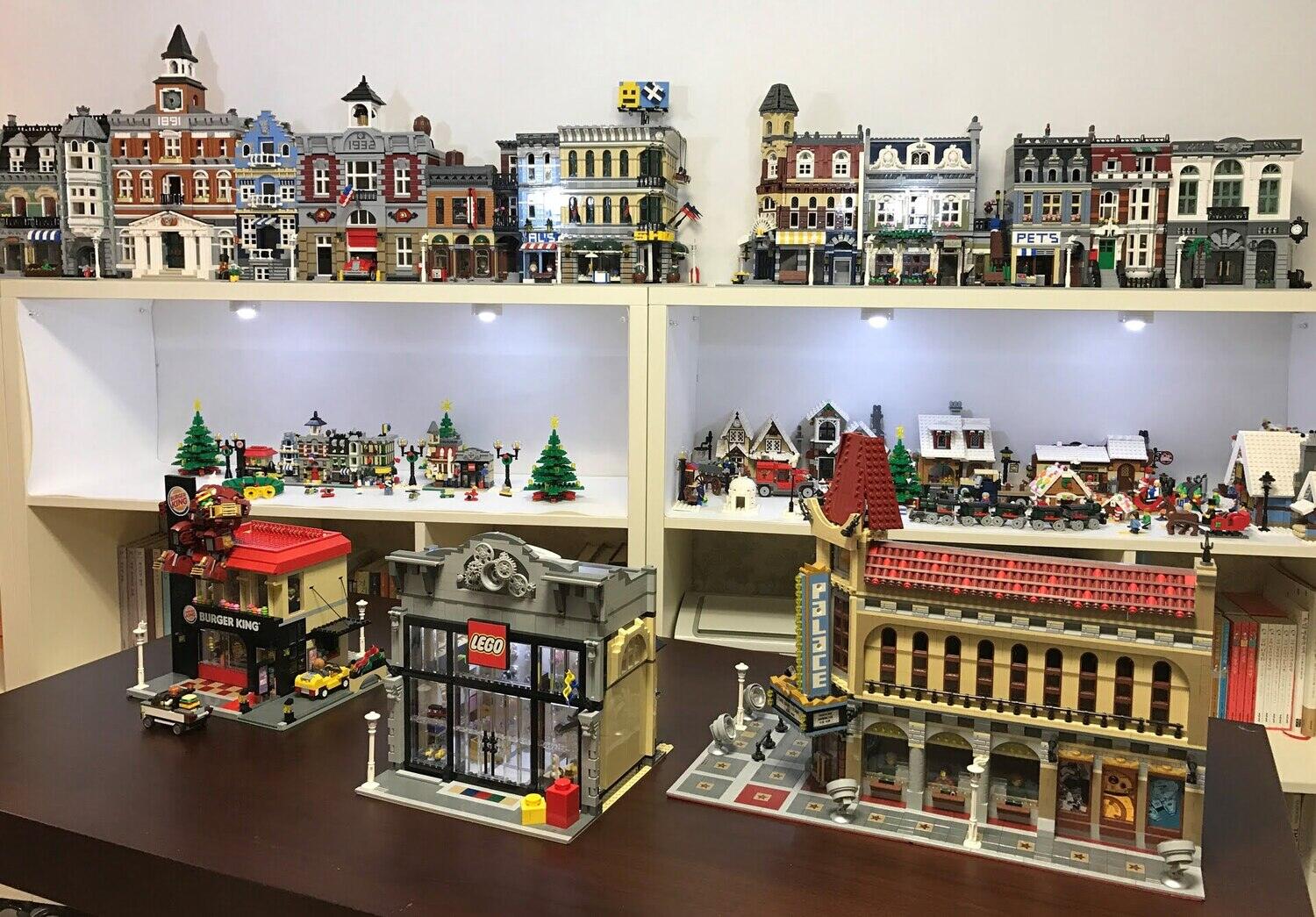
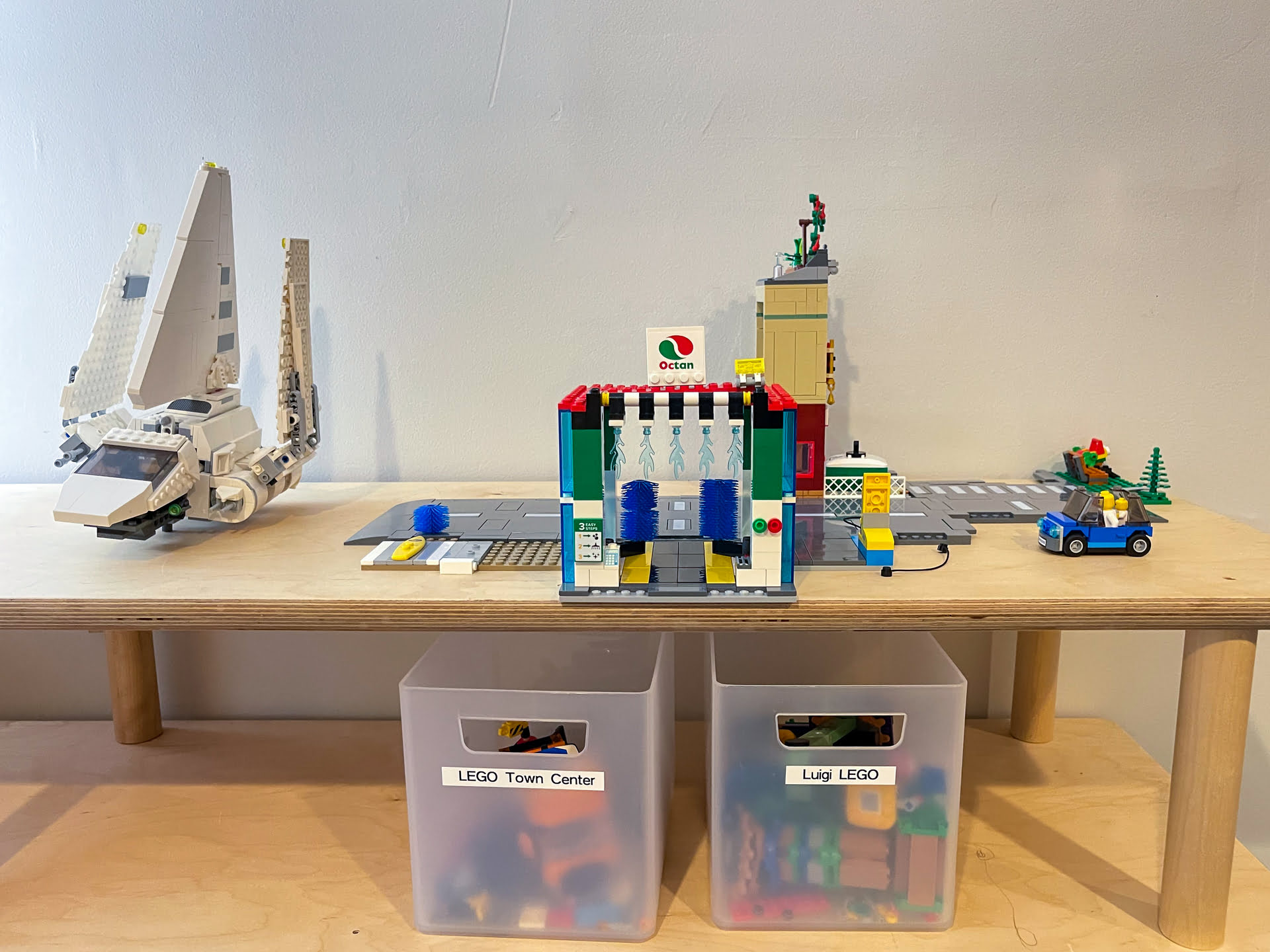
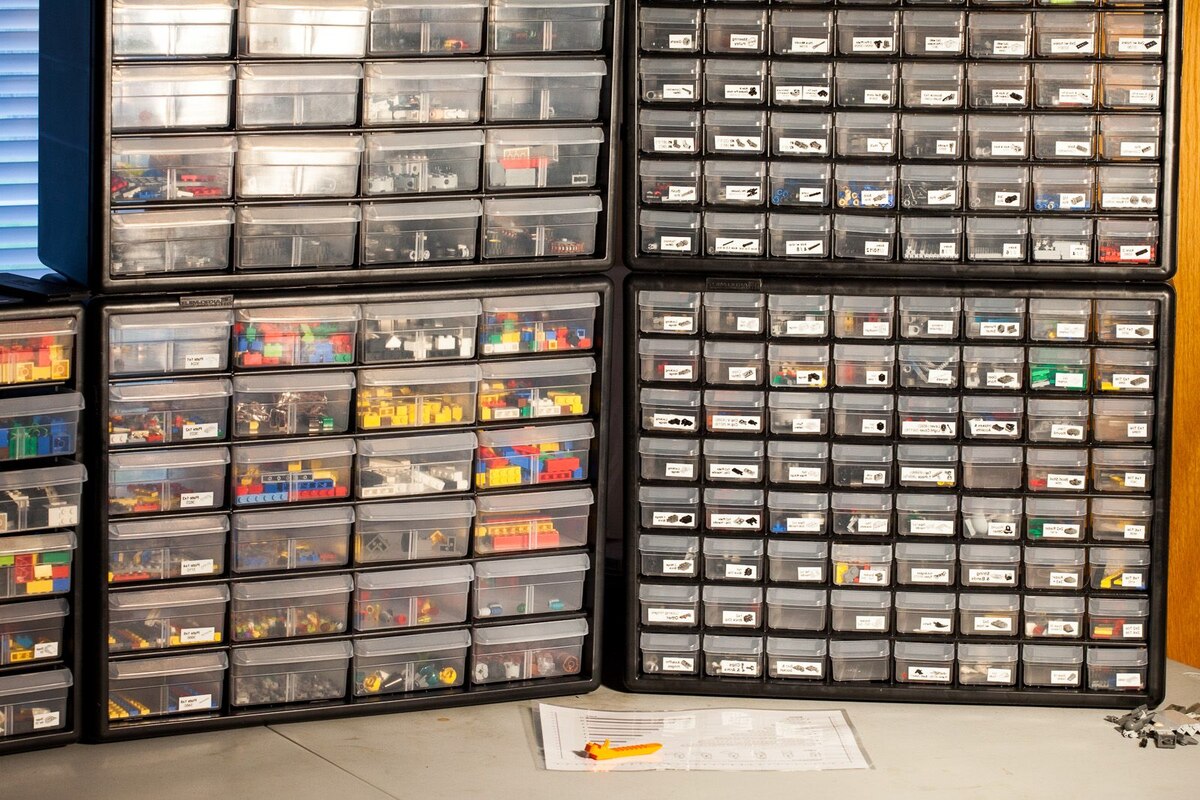
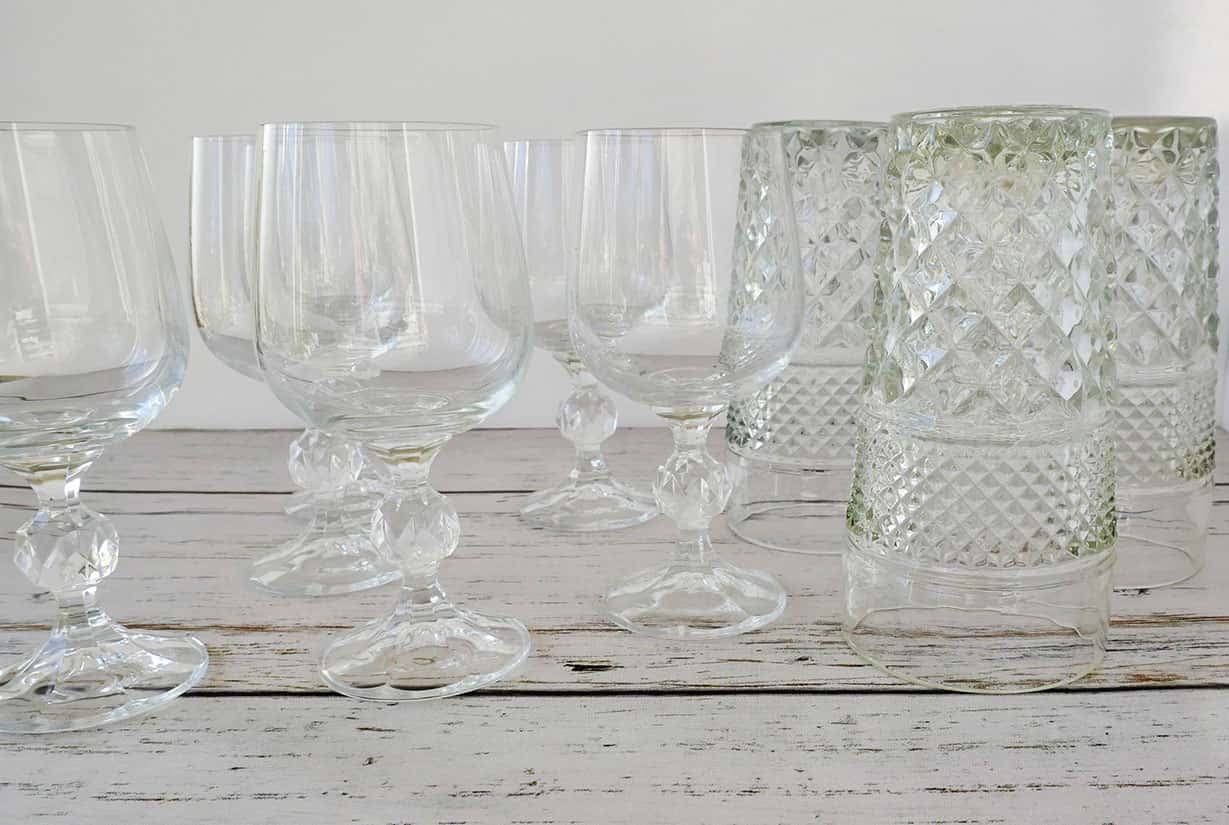
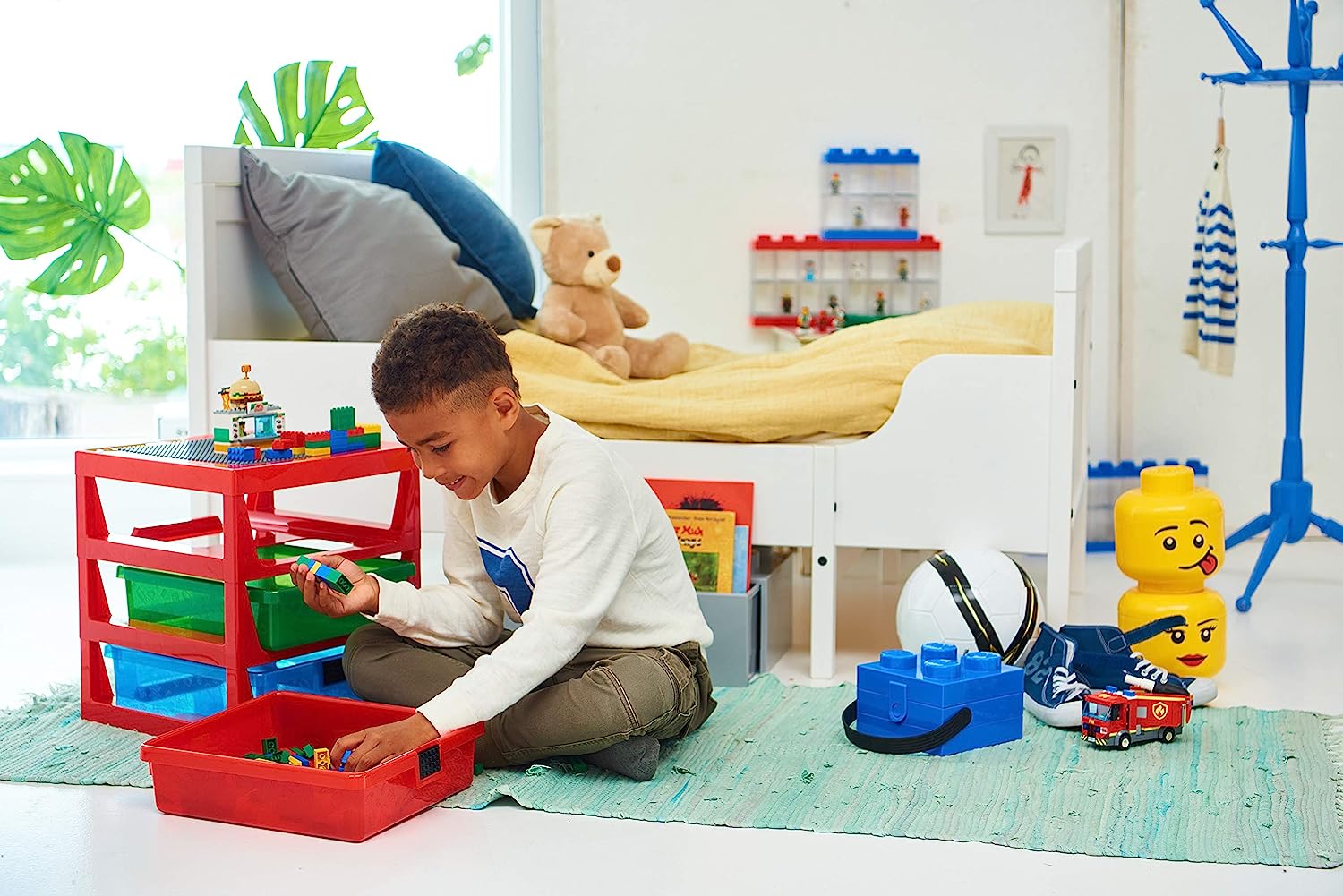
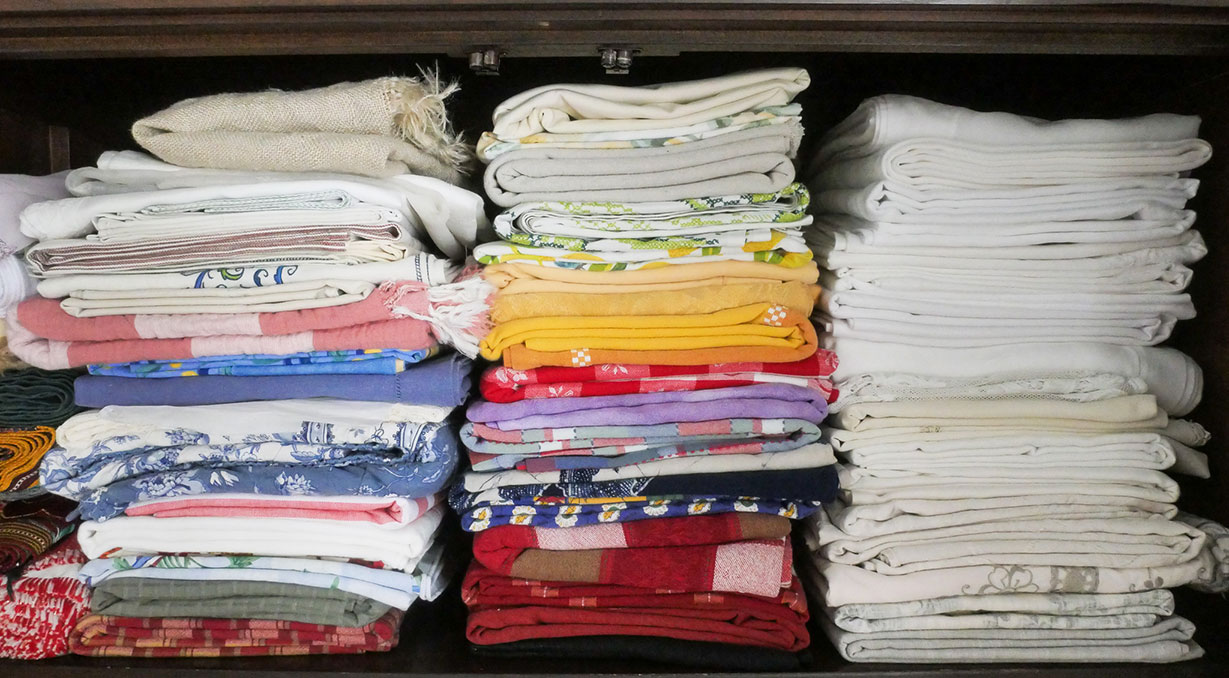
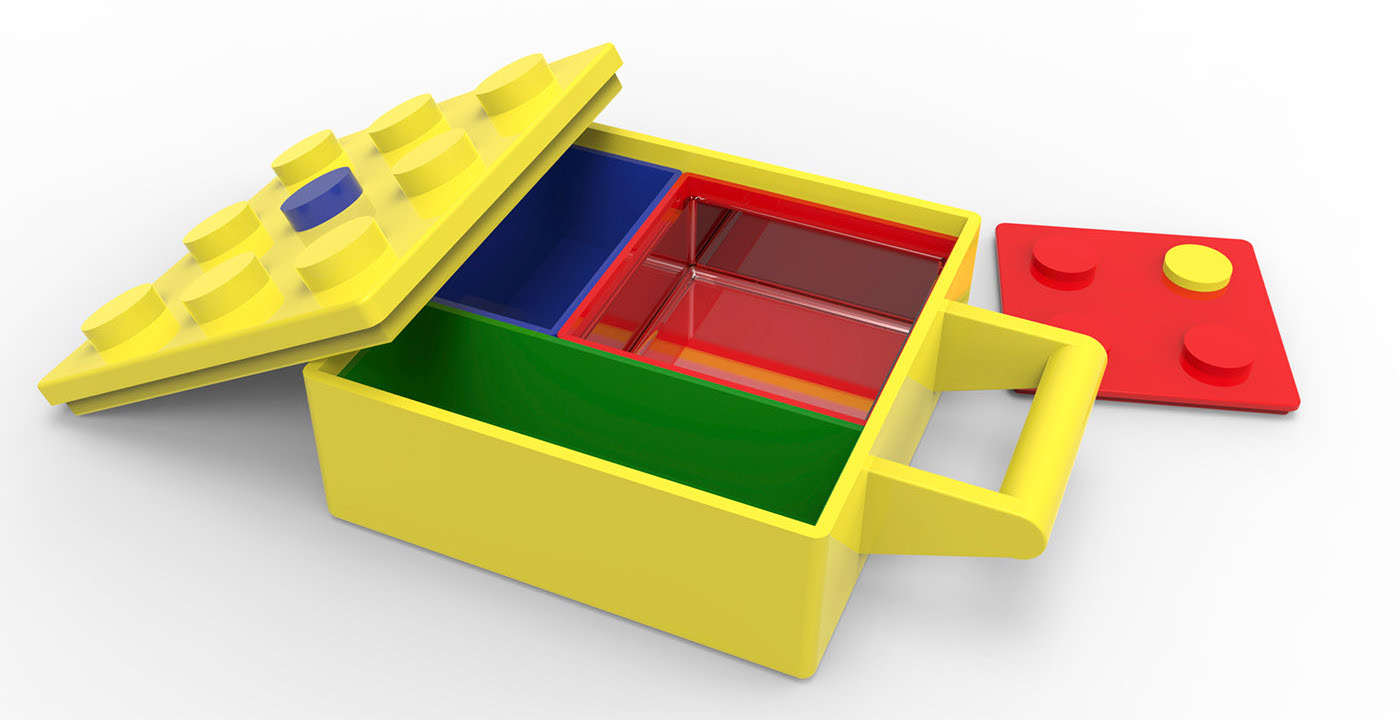
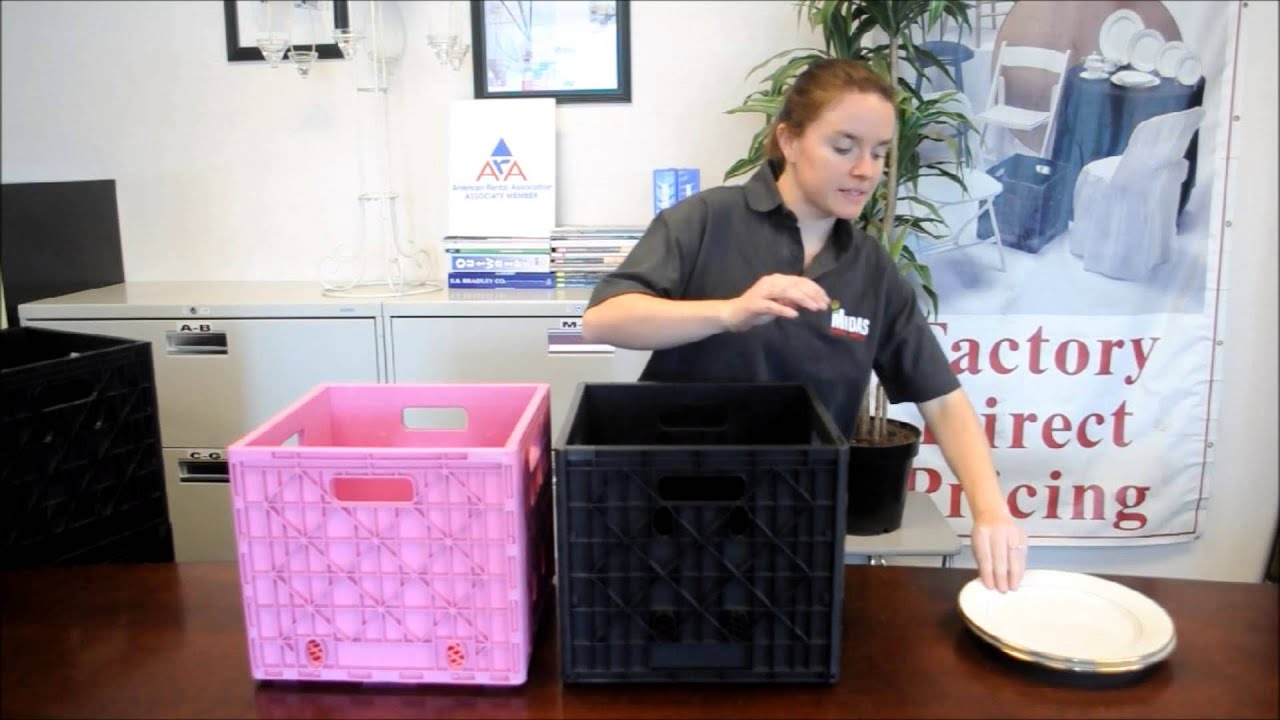
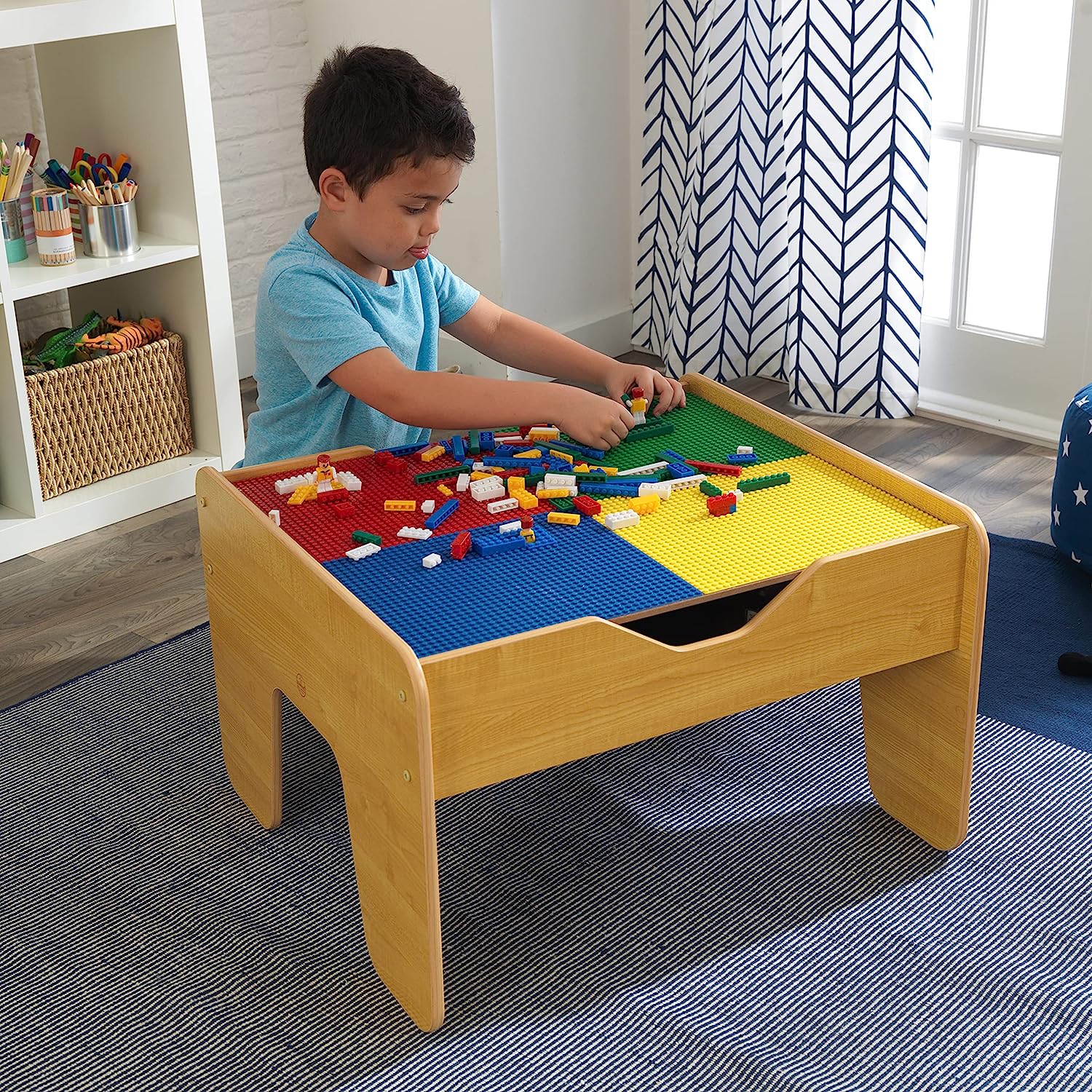

0 thoughts on “How To Store Lego Sets That Are Built”